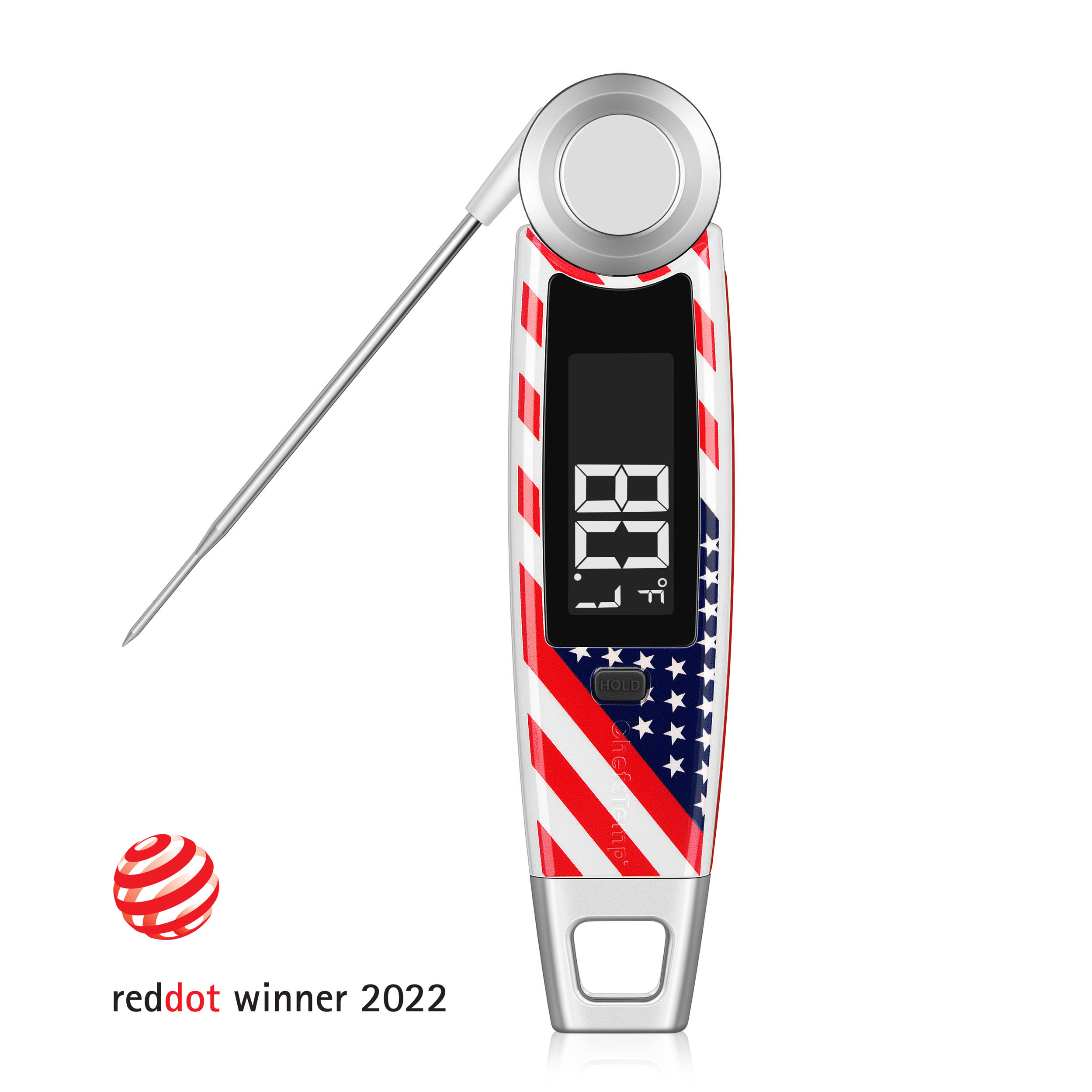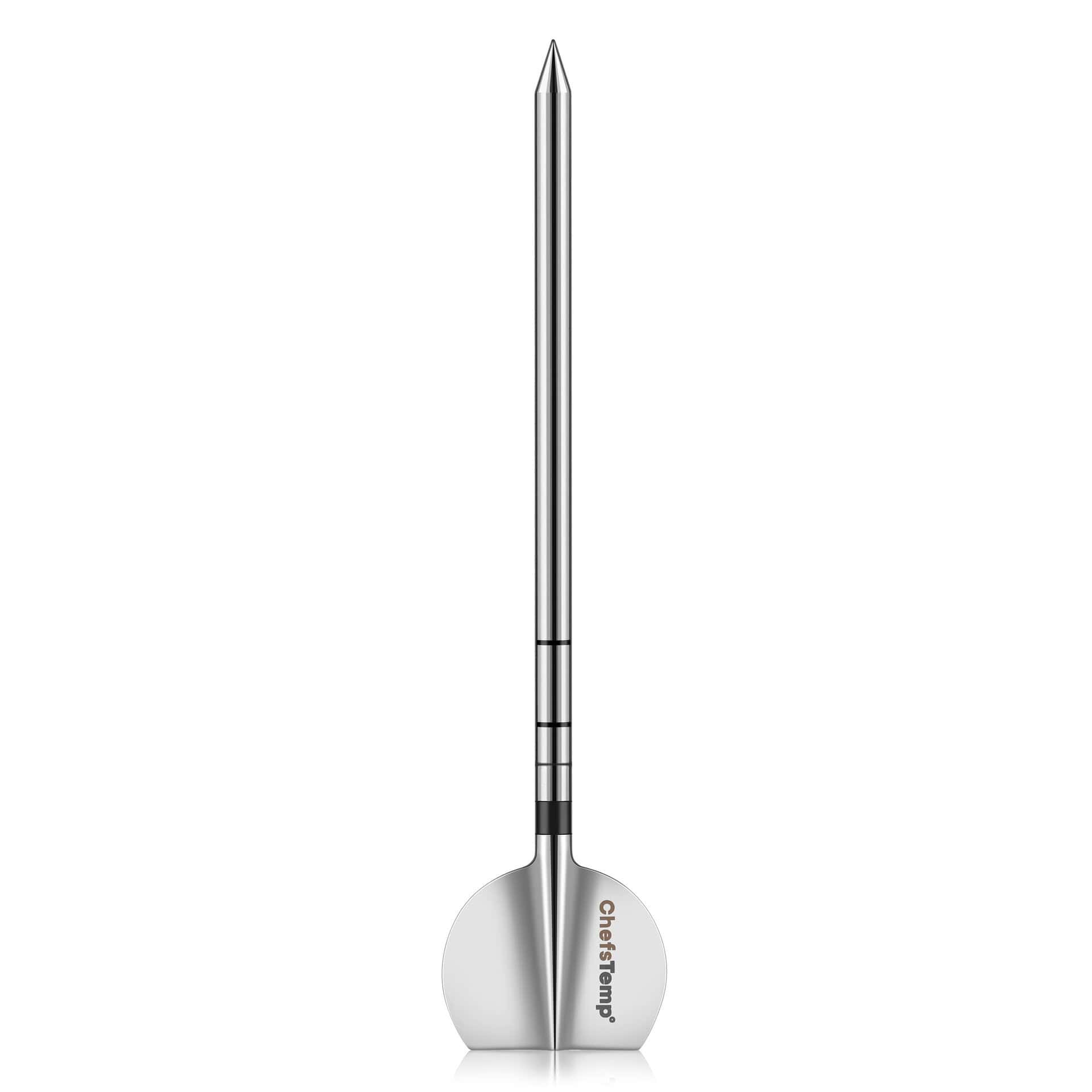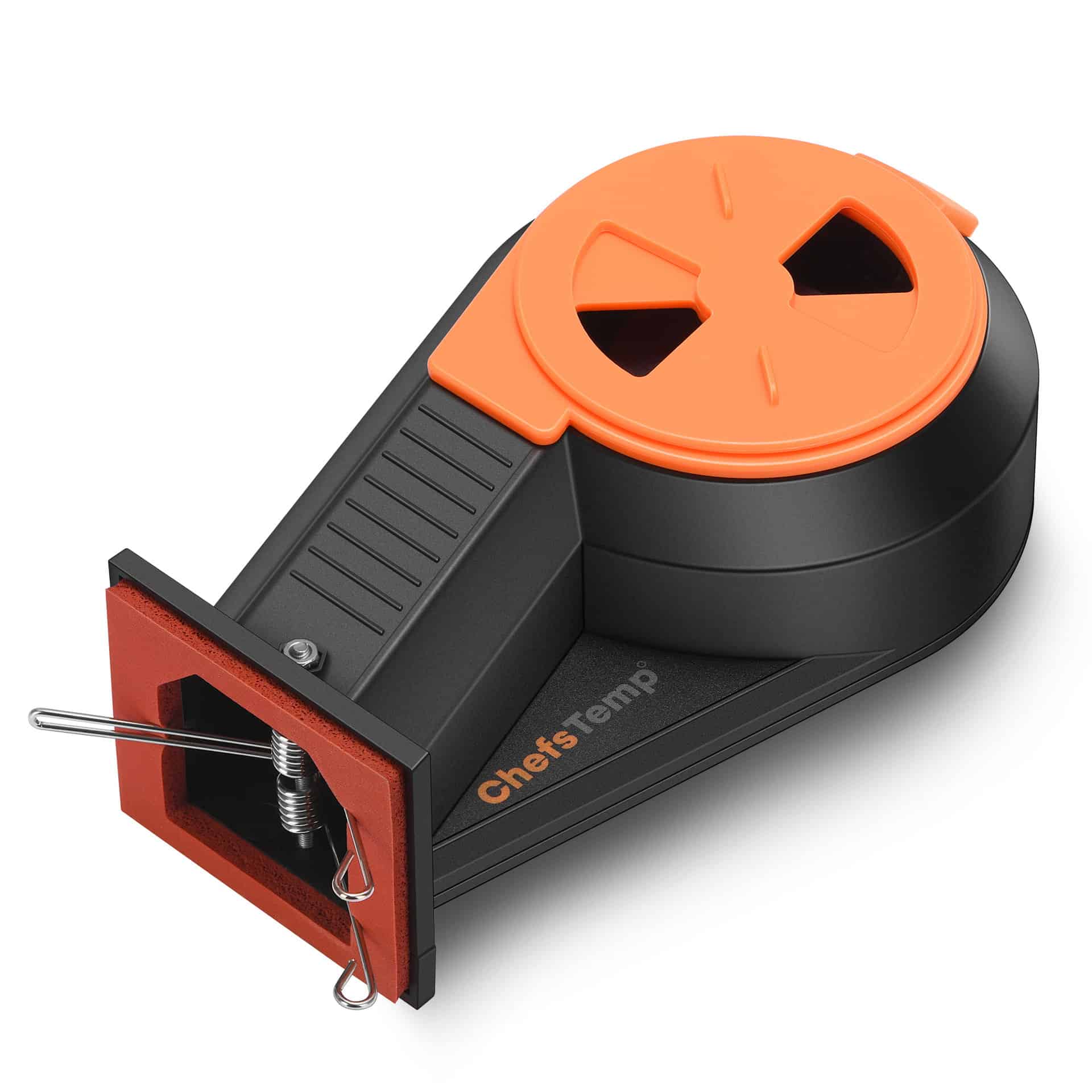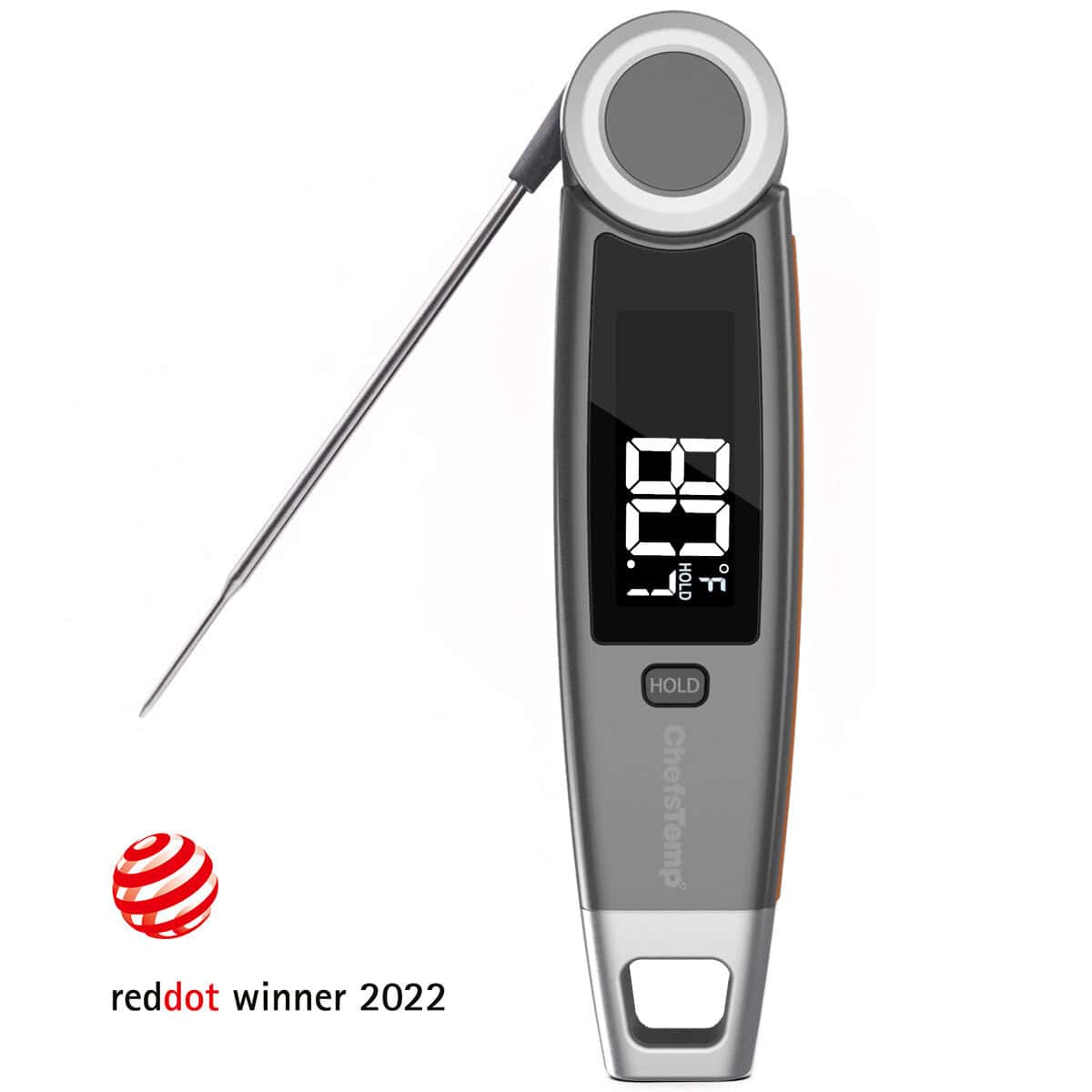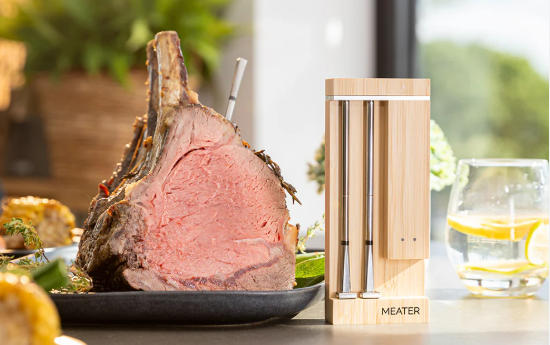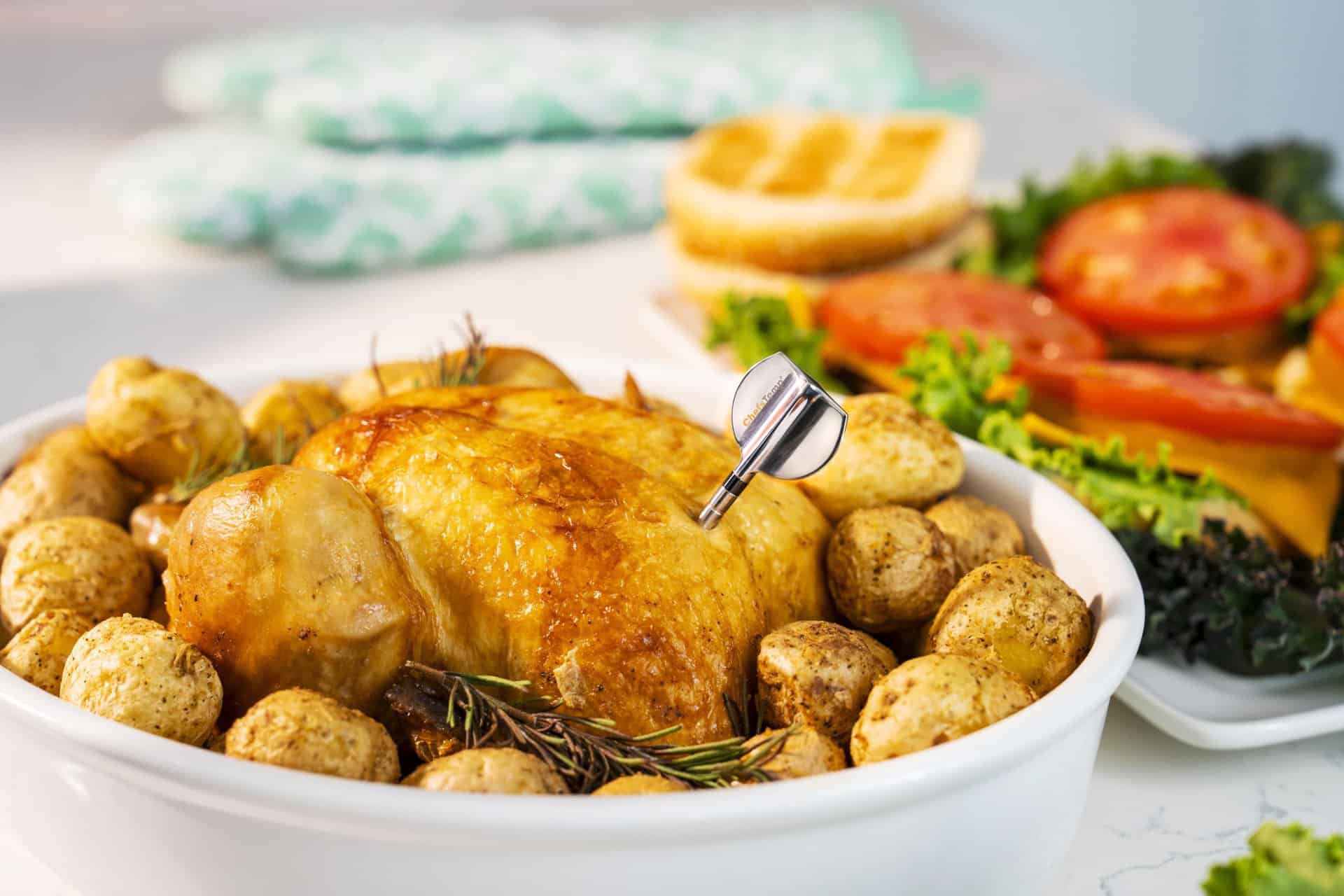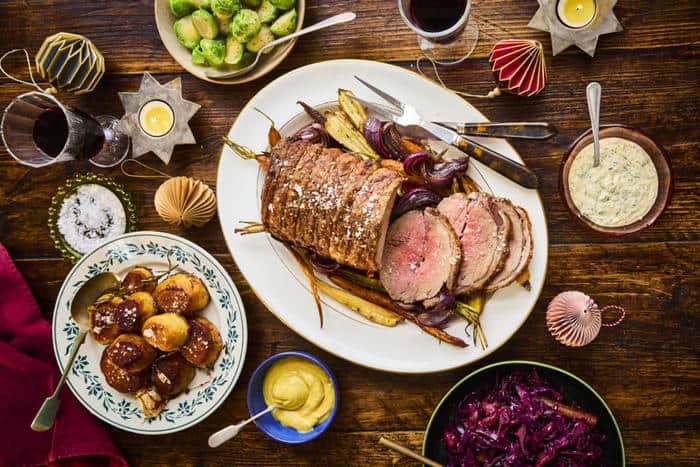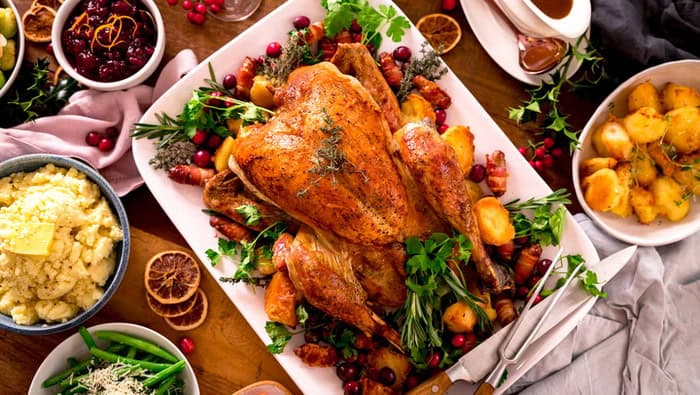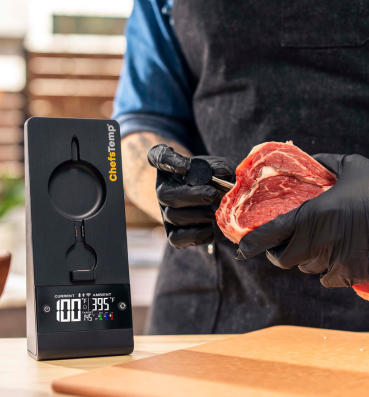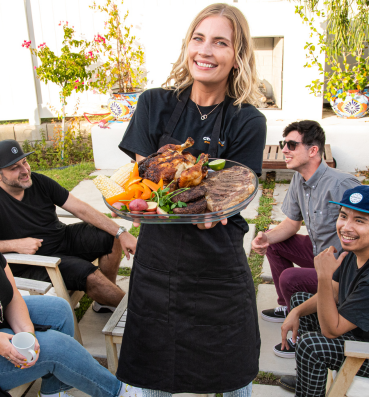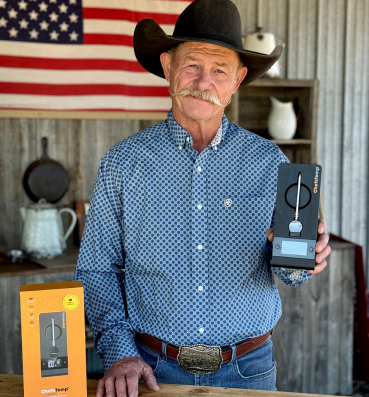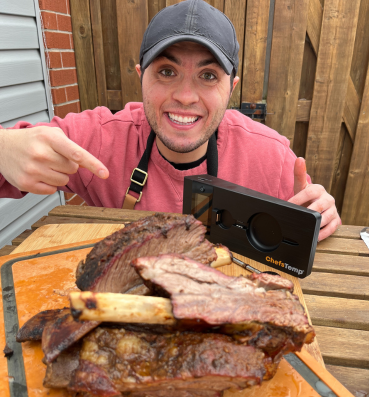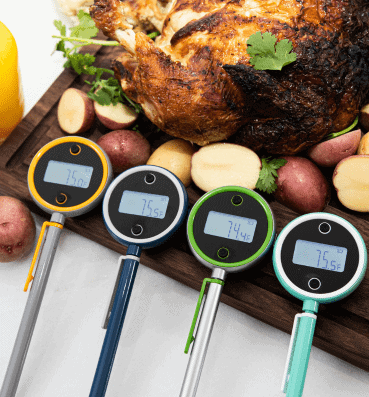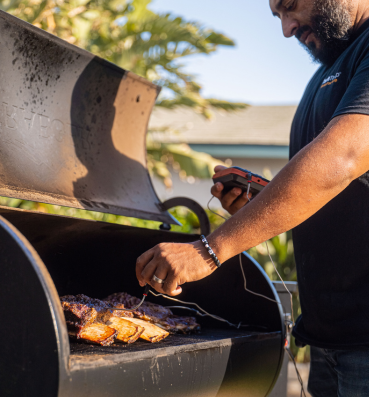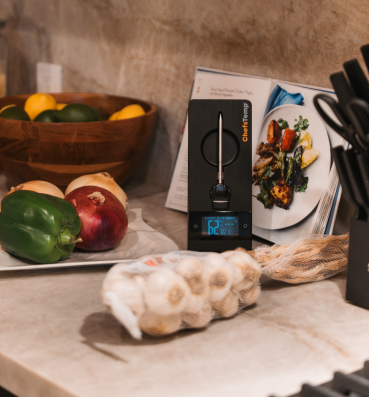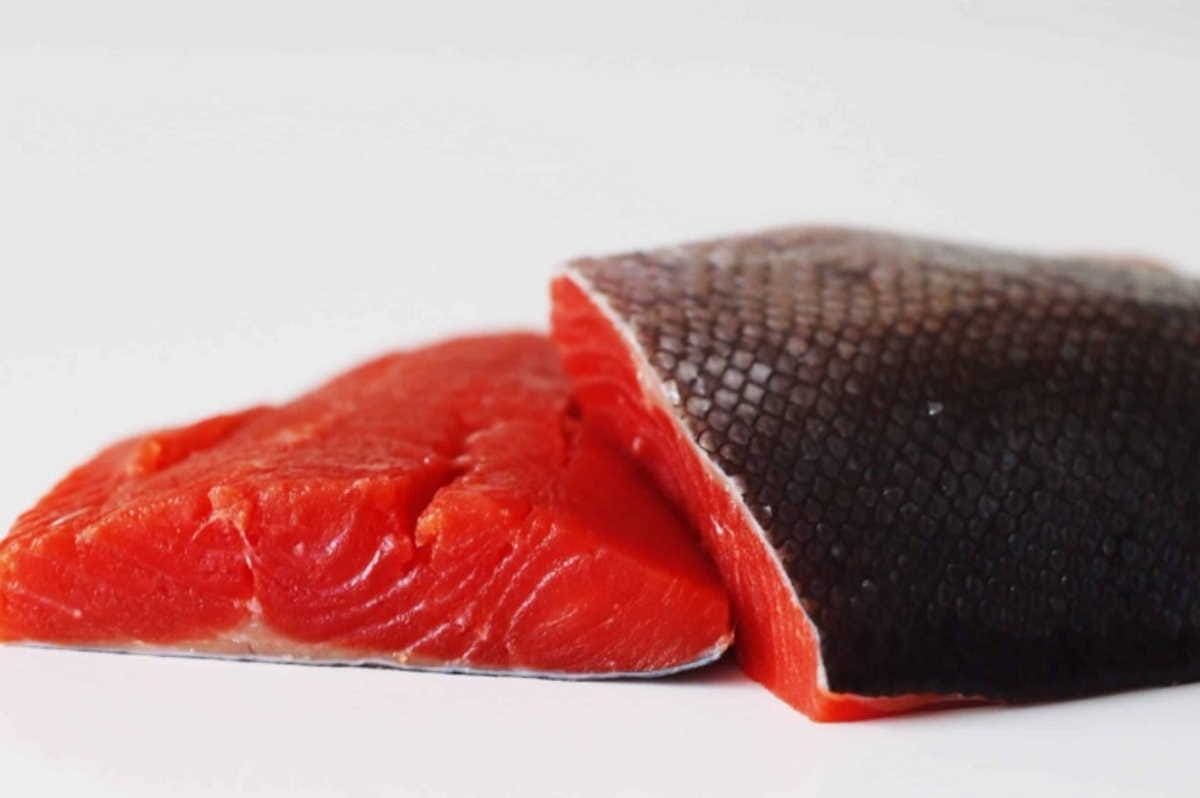
How can you tell when salmon is fully cooked?
Salmon is an amazing protein. It is delicious, packed with nutrients, and superbly versatile. It can be enjoyed in many different ways, whether it’s fried, oven-cooked, smoked, grilled, or even raw. For some people, however, salmon can be quite tricky to deal with and a challenge to get the cook right. What does cooked salmon look like? And how do you know when it is fully cooked?
Table of Contents
Cooking Salmon 101
Getting that balance of juicy, tender, refreshing, and flavorful fish requires some skills and timing. But like any skill, it can be learned. So how can you tell your salmon is perfectly cooked? What does cooked salmon look like?
Overcook it just for a couple of minutes and you will end up with dry, opaque orange and super-firm, chalky, and mealy fish. Cook it too fast and you can get soft and spongy meat that feels more like eating raw salmon.
So what does cooked salmon look like?
A nicely cooked salmon looks opaque and slightly pinkish white on the outside and translucent pink on the inside. If it looks light on the outside and opaque pink, it is overcooked. If it is dark pink on the inside, then it’s undercooked or even raw.

Here’s how to cook that perfect salmon
Cooking salmon is not rocket science. You need to know the appearance of a cooked salmon and the right internal temperature to aim for to be able to tell when it’s ready.
Get a food thermometer
Start with a food thermometer. This is the most accurate way to tell if your meat is cooked on the inside. It can be tricky just by looking at the appearance of the meat from the outside. The only way to know for sure that it’s done is by checking the internal temperature.
Note that there are many different types of salmon to choose from – Atlantic, Coho, Chinook/King, Pink, Red, etc. They also come in different thickness and parts in the supermarket. Thus, each piece will cook differently. The exact timing can vary slightly every time you cook it.
When using a thermometer, insert the probe at the thickest part of the protein. Make sure the internal temperature is around 125˚ to 130˚ F at the middle of a medium cooked salmon. Note that the meat will continue to cook even after you remove it from the heat. 110˚F is considered raw, while above 140˚F will leave you with overcooked and dry fish.
If you like your fish medium rare, then you can stop at 120˚F.
Check the color and texture
While cooking, take note of the color changes in your meat. The fish should turn from dark pink to lighter in color. Cooked salmon looks opaque and pinkish white on the exterior and translucent pink in the interior.
Cake tester method
Another easy way to check the doneness of your fish is to use a cake tester (long, thin, metal rod used for checking cake’s doneness). Insert the rod at the thickest part of the fillet for around three seconds. Pull the metal gently and touch it on the skin below your bottom lip. If the metal feels warm, the fish is done. If it is cool, then it needs more time to heat and cook.
Butter knife method
This is quite similar to the method mentioned above. Simply insert the butter knife at the thickest part of the meat for three to five seconds before pulling it out. Press the butter knife gently to your lower lip to feel the temperature. Warm means it’s cooked, while cold means it needs a little more time to cook.
Salmon timetable for cooking
As said earlier, salmon can be enjoyed in different ways. Different types of cooking, of course, have different guidelines. The cooking time also depends on the thickness of the cut.
Here’s a quick guideline for different ways to cook salmon.
- Baked salmon: 13 – 15 minutes at 325˚ F
- Broiled salmon: 4 – 5 minutes for thin, 7 – 10 minutes for one-inch thick salmon cut
- Grilled salmon: 7 minutes (375˚ – 450˚F) on medium-high heat
- Pan Seared salmon: 4-8 minutes on medium-high heat (2 to 3 minutes skin side up, 2 to 5 minutes on the other side)
Additional Salmon Cooking Tips
Here are more tips to perfect your salmon.

Leave the skin
Don’t remove the skin. The skin provides a barrier between the heat source and the meat which will help keep your fish from overcooking. Also, the skin will prevent the meat from sticking to the pan. So unless you are poaching your salmon, leave the skin on.
Time your seasoning right
Seasoning salmon is different from seasoning other proteins. The best way to get the perfect flavors of the fish is to add salt and pepper right before cooking. Seasoning too early will make your fish dry and likely to overcook. It is actually simple science – salt draws out water (and moisture) from the fish.
When cooking salmon, heat up the pan at the right temperature, season your fish right before putting it in the pan.
Cook skin-side down
As said earlier, the skin provides some sort of protective barrier for the meat. Cooking skin-side down first will ensure the meat is being cooked slowly.
Use a timer
Another simple kitchen tool that goes a long way in cooking salmon is a good old kitchen timer. An inch thick slice of salmon will take about 8 minutes to cook. Eight minutes is the sweet spot if you want juicy, flaky, and tasty fish.
Mistakes to avoid when cooking salmon
The pan is too hot
When cooking salmon, you need to set the pan at the right temperature. Starting at a cool temperature will leave you with a fish with bad texture. Starting too hot will burn the outside quickly and leave the inside raw.
Not taking out the bones
This is easy to overlook, especially if you regularly work with fillets. If you are using fresh fish, however, there’s a good chance there are some bones left on the meat. To check the fish, simply run your hands over the fillet to feel the bones. To remove the bones, use tweezers to pick them out of the fish.
Using too-thick cuts
Most salmon fillets come in uniform thickness, which makes cooking evenly easy. Thus, when shopping for salmon in your favorite supermarket, make sure you choose cuts that are no bigger than one inch thick. This ensures optimal cooking.
Have fun and enjoy your fish!
As said earlier, cooking perfect salmon is a skill. And like any skill, you can perfect it with practice. Follow the steps and tips mentioned above and you will perfect the skill in no time! Enjoy your delicious and juicy salmon!
Discover Other ChefsTemp Products
Discover more recipes and learn kitchen tricks by joining our cooking family on Facebook.
You may also like:
